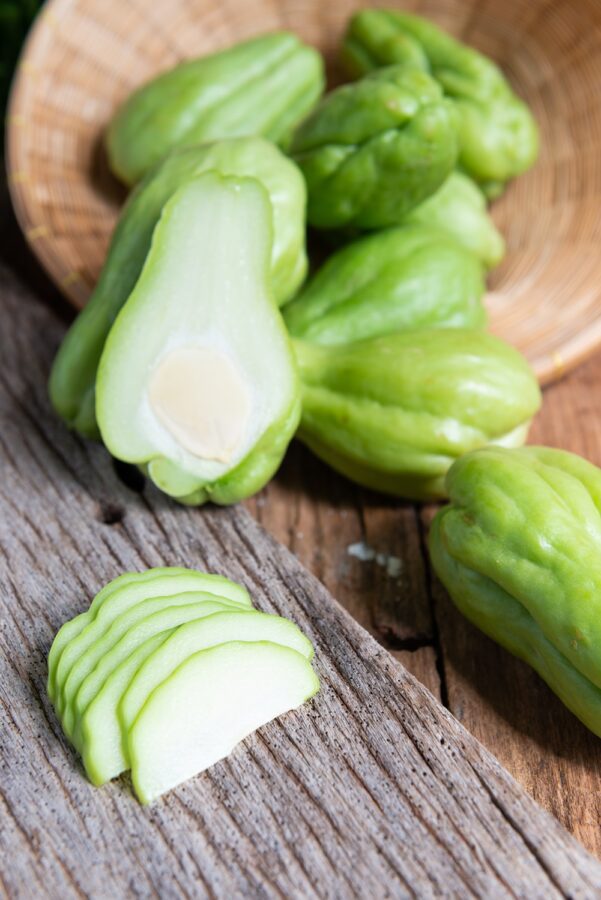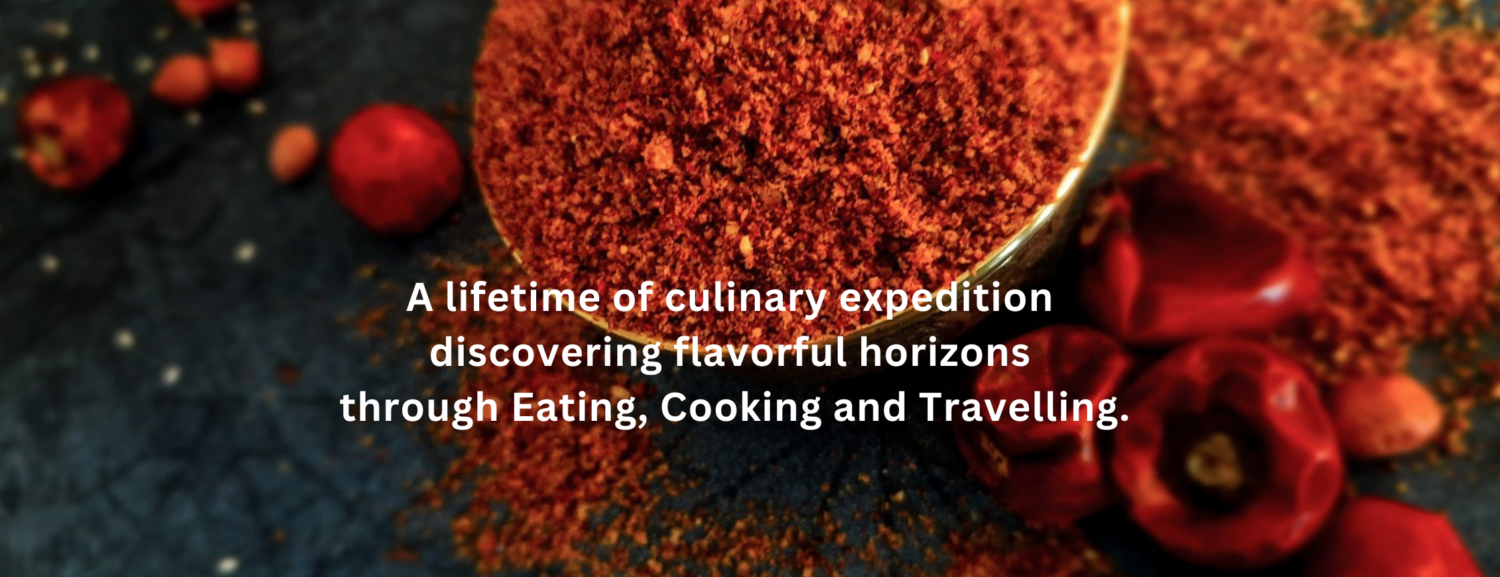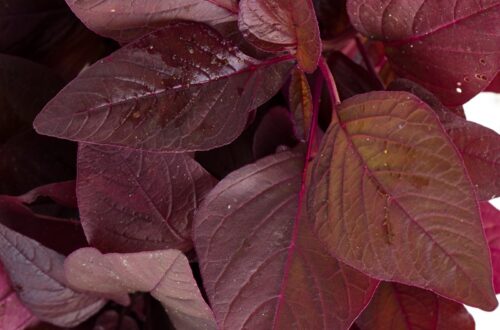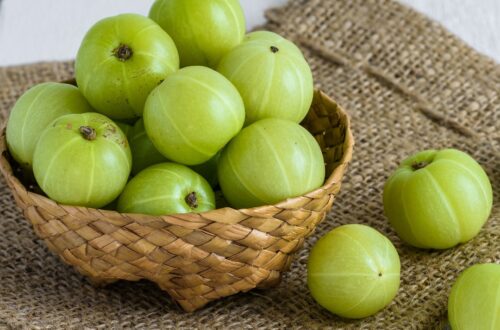
The Versatile Chayote
Chayote, known Sau Sau “சௌ சௌ” in Tamil, is a versatile and commonly used vegetable in Tamil cooking, renowned for its subtle flavor and crunchy texture. Its appearance is distinctive, resembling a pale green pear with wrinkles and shallow ridges running along its surface. The color of chayote can vary from pale green to a slightly darker shade, depending on its ripeness.
It is generally recommended to peel the skin, especially if it’s thick or tough. However, if the skin is thin and tender, you may choose to leave it on, especially if you prefer a bit of texture in your dish. Chayote contains a single large seed in the center, which should be removed before cooking.
You can easily cut the chayote in half and scoop out the seed with a spoon. Once the seed is removed, you can proceed to slice, dice, or chop the chayote according to your recipe’s requirements.
In terms of texture, chayote has a firm yet tender flesh, similar to a cucumber or zucchini, with a mild, slightly sweet taste. It absorbs flavours well, making it adaptable to various cooking methods. In Tamil cuisine, chayote finds its way into an array of dishes. It is often used in kootu (a type of stew), sambar (a lentil-based vegetable stew), poriyal (a stir-fried vegetable dish), and even in salads and pickles. Its versatility allows it to be combined with other vegetables, spices, and lentils, adding a delightful crunch and subtle sweetness to the dishes.
Beyond its culinary uses, chayote is believed to possess medicinal properties. It is known to be low in calories and high in dietary fiber, making it beneficial for digestion and weight management. Additionally, it contains essential vitamins and minerals such as vitamin C, vitamin K, folate, and potassium, contributing to overall health and well-being.
#chefdevagisanmugam #diningwithdevagi #Tamilculinarytreasures #chayote #sausau #chayotesquash #Indianvegetables #eathealthy #vegetarian #heritagecooking #Tamilheritage






